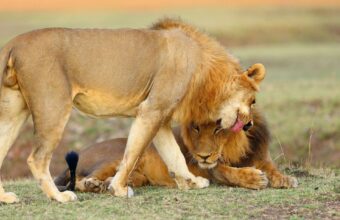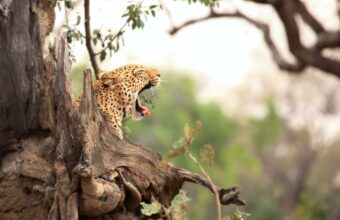Zambia
Discover Zambia, experience Africa
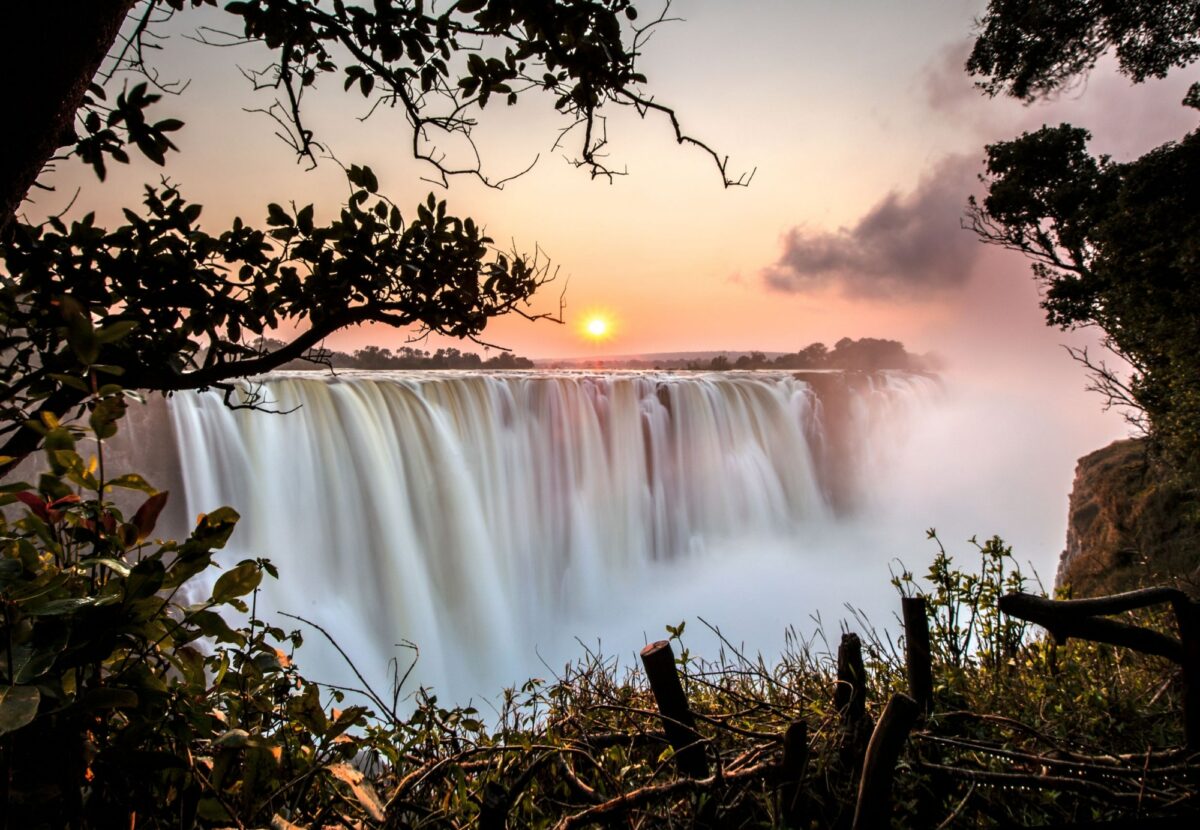


It’s ironic that landlocked Zambia is best known for its waterways. Three great rivers – the Kafue, the Luangwa and the mighty Zambezi – course through Zambia, with the Zambezi ending in the awe-inspiring Victoria Falls on the border with Zimbabwe.
This is a place full of stunning views, whether it’s sunsets reflecting over rivers, roaring waterfalls or leopards lounging in the shade of a tree.
Zambia arrived relatively slowly to the safari scene, overshadowed by the more popular safari destinations in Southern and East Africa. Zambia is one of Africa’s best kept safari secrets, and while not as high-profile Kenya,Tanzania, South Africa or Botswana, those in the know will tell you that this is a magical safari spot and one that’s not plagued by the numbers that crowd the continent’s more famous safari areas.
Birthplace of the walking safari and home of the thundering Victoria Falls, Zambia is the place to be if you want to see swamp-dwelling tree-climbing lions, the planet’s greatest mammal migration, the enigmatic shoebill, the continent’s second-largest wildebeest migration, several endemic species not found anywhere else and of course, a whole lot more.
Visitors can see lions in all of Zambia’s major parks, while hippos gather in groups of 50 or more along riverfronts, honking and feeding. If leopards are more your thing, head to South Luangwa for a night drive safari to experience the nocturnal world of this big cat.
Zambia’s relative lack of visitors means that its infrastructure is less developed than other African countries. Its large size and poor road network can make travelling between destinations a challenge, but visitors are guaranteed a warm welcome when they get there.
Safari in Zambia
An expert guide to Zambia's best safari parks, camps & lodges
6 days
Kafue National Park safari and Victoria Falls
Wildlife, waterfalls and wilderness
7 days
South Luangwa and Victoria Falls Safari
Zambia's classic safari itinerary in 7 days
10 days
Victoria Falls and Zambia’s wildlife
Wildlife sanctuaries and powerful waterfalls
-

Victoria Falls
At the height of the rainy season, more than 500 million cubic metres of water plummets over the edge of the Zambezi River into a gorge 100m below... -

Livingstone
Relaxed Livingstone is best-known as the base for visitors to the Zambian side of Victoria Falls, but it also has a growing adventure scene... -

Lower Zambezi National Park
The Lower Zambezi National Park’s wildlife is centred around the floodplain along the northeastern side of the Zambezi River... -

South Luangwa National Park
South Luangwa National Park, in the Eastern province of Zambia, is one of the most wildlife-rich national parks in the country... -

Kafue National Park
Kafue National Park is one of Zambia’s oldest — and largest — national parks... -

Lusaka
Sprawling Lusaka is Zambia’s capital and commercial centre... -

Kasanka National Park
Kasanka National Park is one of the smallest national parks in Zambia... -

Liuwa Plain National Park
Liuwa Plains National Park is located in the Western Province of Zambia in the upper plains of the Zambezi river... -

Luambe National Park
... -

Victoria Falls
... -
Chirundu
... -

North Luangwa National Park
North Luangwa National Park is synonymous with walking safaris and is my favourite National Park in Zambia... -

Mosi-oa-Tunya National Park
Zambia is famous for the Victoria Falls, the greatest sheet of falling water on the planet, one of the Seven Natural Wonders of the World, and a natural border between Zambia and Zimbabwe... -

Bangweulu Wetlands
Bangweulu means ‘where the water meets the sky’, and I think it’s a perfect description of this extraordinary, community-owned and protected wetland in northeastern Zambia...
Places to go in Zambia
Zambia Tours

The Best Of Lower Zambezi
Four-day private safari of Zambia's Lower Zambezi
4 daysFrom $1,425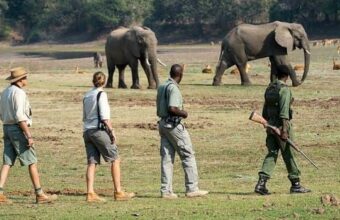
Explore South Luangwa Bush Camping
5 days bush camping in South Luangwa
5 daysFrom $3,047
Zambia’s Premier Wildlife Safari
Wildlife safari in South Luangwa National Park
7 daysFrom $4,120
Exploring Luangwa’s Unspoilt Wilderness
5 day walking safari in Luangwa National Park
3 daysFrom $2,925
Zambezi Canoeing & Kafue National Park
Canoe, safari and boat cruise in Kafue National Park
10 daysFrom $2,991
Zambia's Animal Kingdom
13 days safari in Kafue National Park and South Luangwa National Park
13 daysFrom $7,300Zambia Travel Companies



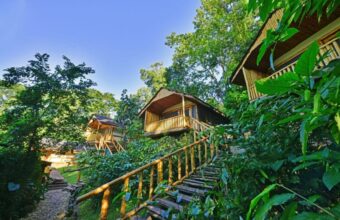



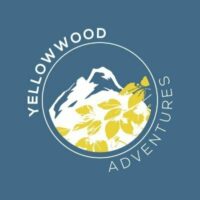 Central America,
Africa,
Central Asia
Central America,
Africa,
Central Asia
YellowWood Adventures
Sustainable travel for the modern-day explorer





